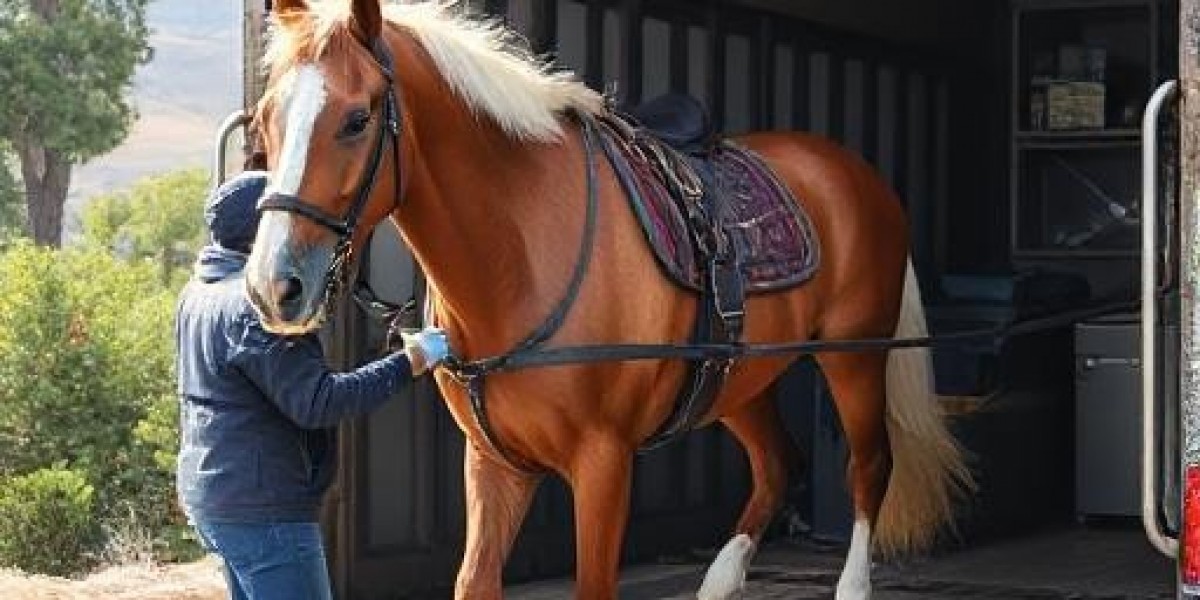Moving a horse is a delicate and complex task that requires thorough planning, the right equipment, and a deep understanding of equine behavior and safety. Whether you're relocating across town, heading to a new stable, or moving across the state, horse owners in California face a unique set of challenges and opportunities. The state’s vast landscape, varied climate, and robust equestrian culture make horse transportation a common yet intricate endeavor.
In this comprehensive guide, we’ll explore everything you need to know about horse moving in California — from preparing your horse for the journey to selecting the right transportation partner. Our goal is to make your horse’s move as smooth and safe as possible.
Understanding the Need for Professional Horse Transportation
Horses are sensitive, intelligent animals that require special care, especially during a move. A new environment, unfamiliar noises, and the physical act of traveling can be stressful for them. This is why professional horse transporters play a critical role in equine relocation.
In California, Horse moving California transportation companies are familiar with everything from congested highways in Los Angeles to winding rural roads in wine country. They bring not only the right equipment—like climate-controlled trailers and non-slip flooring—but also experienced handlers who know how to keep horses calm and comfortable during transit.
Preparing Your Horse for the Move
Preparation is the key to a successful move. It begins days, even weeks, before the actual journey. Here are the essential steps to ensure your horse is ready:
1. Veterinary Check-up:
Make sure your horse is healthy and travel-ready. Obtain a current Certificate of Veterinary Inspection (CVI), also known as a health certificate, and ensure vaccinations are up to date. Most transporters will require this documentation.
2. Conditioning and Familiarization:
If your horse is not used to trailers, it’s important to acclimate them. Practice loading and unloading, let them stand inside for a few minutes, and offer treats to create a positive association.
3. Hydration and Diet:
Keep your horse well-hydrated before the move and avoid any drastic changes in diet. Some owners choose to feed hay that has a higher moisture content to promote hydration.
4. Protective Gear:
Depending on your horse's temperament and the length of the journey, you may consider using leg wraps or shipping boots. However, not all horses are comfortable with gear, so trial runs are helpful.
Choosing the Right Horse Transporter
Selecting a reputable transporter is arguably the most critical decision in the moving process. In California, options range from small, family-run operations to large companies with national reach. Here’s what to look for:
1. Experience and Reputation:
Look for transporters with a strong track record of safety, reliability, and customer satisfaction. Reviews and testimonials can be valuable indicators of a company's professionalism.
2. Licensing and Insurance:
Ensure the transporter is properly licensed through the U.S. Department of Transportation and carries insurance that covers your horse in case of accidents or injuries.
3. Equipment and Cleanliness:
A well-maintained trailer with adequate ventilation, rubber flooring, and secure partitions is essential for safe travel. Ask to see photos or schedule an inspection if possible.
4. Communication:
A good transporter will keep you informed throughout the journey, offering updates and responding promptly to your questions. Transparency is a sign of professionalism.
California’s Unique Terrain and Travel Considerations
California's diverse geography—from the foggy coasts of the Bay Area to the sun-soaked deserts of the south—means that transporters must adapt to different conditions. Here's how the landscape can affect the move:
Traffic Patterns: Timing the departure to avoid heavy traffic in urban areas like Los Angeles or San Francisco can reduce stress on your horse.
Temperature Extremes: During hot summers or colder mountain crossings, it’s crucial to regulate trailer temperature. Many transporters offer climate-controlled environments for this reason.
Long Distances: Even intrastate moves can take several hours due to California’s size. Horses may need breaks during longer trips to rest, hydrate, and relax.
Professional transporters account for these factors when planning the route, and they often collaborate with local stables for overnight stays if needed.
Minimizing Stress During Transit
Horses are creatures of habit and sensitive to changes in environment and routine. The goal during transit is to maintain a sense of calm and stability. Here are a few strategies:
1. Familiar Items:
Including your horse’s regular hay, a familiar bucket, or even a fly mask they’re accustomed to can help ease the stress of unfamiliar surroundings.
2. Travel Companions:
If your horse travels better with a buddy, consider transporting them with a familiar companion when possible. Some companies offer group transportation options.
3. Gentle Handling:
Professional handlers trained in low-stress techniques will manage loading, unloading, and travel behavior with patience and understanding.
After the Move: Settling In
Once your horse arrives at the new location, it’s important to allow ample time for acclimatization. Follow these steps to ease the transition:
1. Check Vital Signs:
Monitor your horse’s temperature, pulse, and respiration rate to detect signs of stress or illness.
2. Slow Reintroduction to Routine:
Reintroduce exercise and new pasture gradually. Let your horse explore their new surroundings at their own pace.
3. Maintain Consistency:
Stick to your horse’s normal feeding schedule and type of feed to prevent digestive upset. Offer plenty of fresh water and minimize loud activity nearby.
Partnering for Success
Successful horse moving in California depends on good planning, the right partnerships, and a calm, consistent approach. Whether you're headed to a new show barn in San Diego, relocating to the equestrian communities near Sacramento, or making a seasonal move to cooler pastures, choosing the right support system makes all the difference.
For those seeking a trusted and dependable experience in horse moving California, work with professionals who combine practical know-how with genuine care for the animals. Your horse’s comfort and well-being are worth every effort — because when they travel well, they settle well.
Whether it’s a short trip or a full-day haul, prioritizing your horse’s safety, health, and peace of mind is the foundation of a successful move. By staying informed, choosing a reputable transporter, and preparing thoroughly, you can ensure your horse arrives ready to thrive in their new home.
































